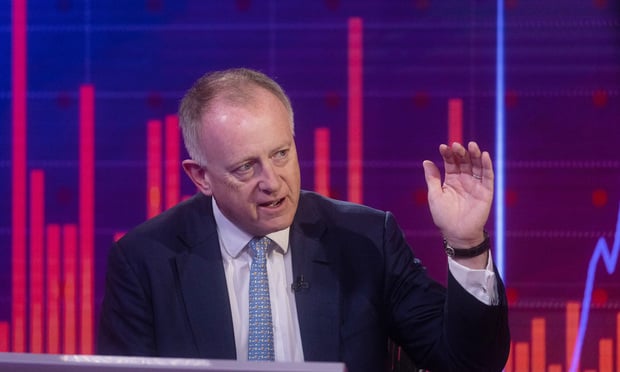Reinsurers are adapting to the threat posed by alternative capital by expanding their presence in the capital markets themselves, especially with sidecars and insurance-linked securities, according to two recent reports.
In its “Global Reinsurance Outlook,” Moody's Investors Service outlines the new reality for reinsurers, stating, “Capital markets convergence has finally arrived in the reinsurance market. What began with a trickle of capacity more than 15 years ago has turned into a flood of capital entering the reinsurance market from institutional investors in the form of catastrophe bonds, collateralized reinsurance vehicles and industry loss warranty contracts.”
The report says an estimated $10 billion in new alternative capital entered the industry over the past year, bringing the total amount to an estimated $44 billion—roughly 15 percent of the global property cat reinsurance limit placed.
Recommended For You
Want to continue reading?
Become a Free PropertyCasualty360 Digital Reader
Your access to unlimited PropertyCasualty360 content isn’t changing.
Once you are an ALM digital member, you’ll receive:
- Breaking insurance news and analysis, on-site and via our newsletters and custom alerts
- Weekly Insurance Speak podcast featuring exclusive interviews with industry leaders
- Educational webcasts, white papers, and ebooks from industry thought leaders
- Critical converage of the employee benefits and financial advisory markets on our other ALM sites, BenefitsPRO and ThinkAdvisor
Already have an account? Sign In Now
© 2025 ALM Global, LLC, All Rights Reserved. Request academic re-use from www.copyright.com. All other uses, submit a request to [email protected]. For more information visit Asset & Logo Licensing.








